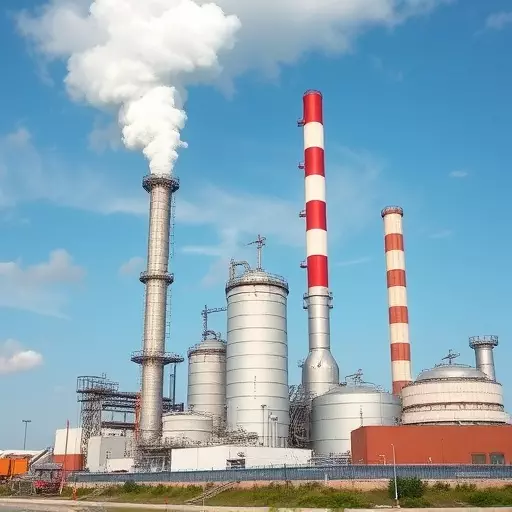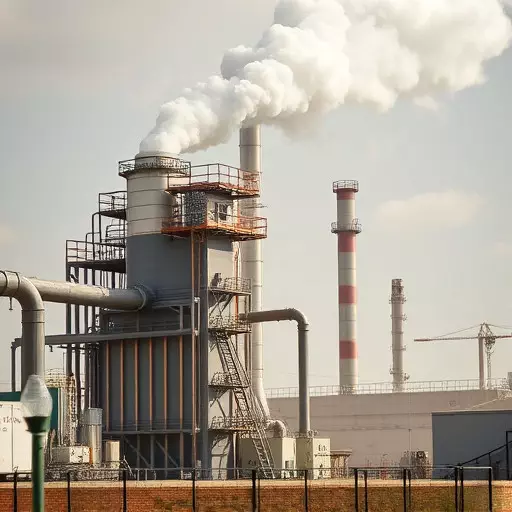Industrial ventilation systems are vital for maintaining air quality solutions on industrial sites, managing indoor air, and regulating emissions. They offer effective dust collection solutions to minimize airborne contaminants and support emission control technologies for environmental compliance. By employing source control, containment, localized ventilation, and advanced filtration, these systems create safer environments, reduce pollution, and ensure adherence to regulations, making them an indispensable component of modern industrial practices.
Industrial ventilation systems play a pivotal role in ensuring worker safety and optimizing production environments. This article delves into the multifaceted world of industrial ventilation, exploring its fundamental role and extensive benefits. We dissect effective air quality solutions tailored for industrial sites, highlighting innovative strategies and cutting-edge technologies. Furthermore, we scrutinize advanced dust collection methods designed to foster clean and safe atmospheres. Additionally, emission control technologies are examined, emphasizing their significance in pollution reduction and regulatory compliance.
- Understanding Industrial Ventilation Systems: Their Role and Benefits
- Air Quality Solutions for Industrial Sites: Strategies and Technologies
- Dust Collection Solutions: Efficient Methods for Clean and Safe Environments
- Emission Control Technologies: Reducing Pollution and Regulatory Compliance
Understanding Industrial Ventilation Systems: Their Role and Benefits
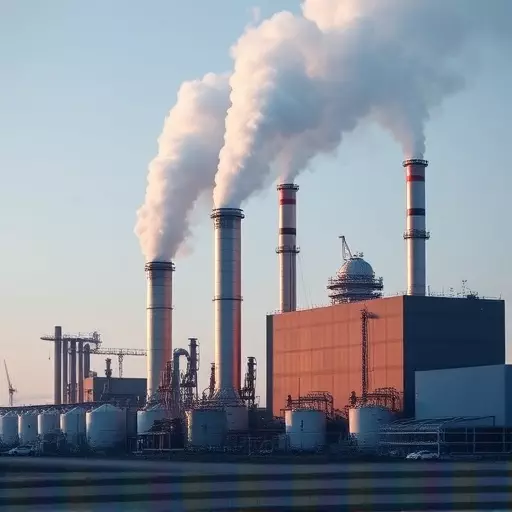
Industrial ventilation systems play a pivotal role in ensuring optimal air quality solutions for industrial sites. These sophisticated mechanisms are designed to manage and regulate the air within manufacturing facilities, workshops, and other industrial environments. By effectively controlling air circulation and removing pollutants, they contribute significantly to maintaining a healthy and safe workplace.
The benefits extend beyond worker safety; efficient ventilation also acts as a robust dust collection solution, mitigating the risks associated with airborne contaminants. Moreover, it serves as an essential component of emission control technologies, helping industries meet environmental standards by minimizing the release of harmful substances into the atmosphere. This dual role—upholding health and safety while promoting sustainable practices—makes industrial ventilation systems a cornerstone of modern industrial operations.
Air Quality Solutions for Industrial Sites: Strategies and Technologies
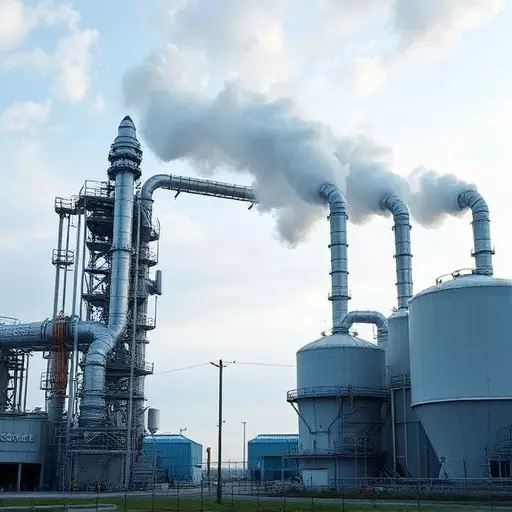
Industrial sites often face the challenge of maintaining optimal air quality amidst various pollutants and emissions. This is where effective air quality solutions come into play, ensuring a healthier environment for both workers and surrounding communities. Strategies such as source control and containment, along with advanced dust collection solutions, are pivotal in mitigating these issues. By implementing localized ventilation systems and capturing emissions at the point of generation, industrial facilities can significantly reduce harmful particulate matter and gaseous pollutants.
Emission control technologies have evolved to meet stringent regulatory standards, employing innovative techniques like high-efficiency filters, scrubbers, and electrostatic precipitators. These tools are instrumental in removing toxic substances, volatile organic compounds (VOCs), and noxious gases from industrial exhaust streams. With the integration of smart sensors and real-time monitoring systems, plants can now optimize their ventilation operations, ensuring efficient air circulation and continuous compliance with environmental norms.
Dust Collection Solutions: Efficient Methods for Clean and Safe Environments
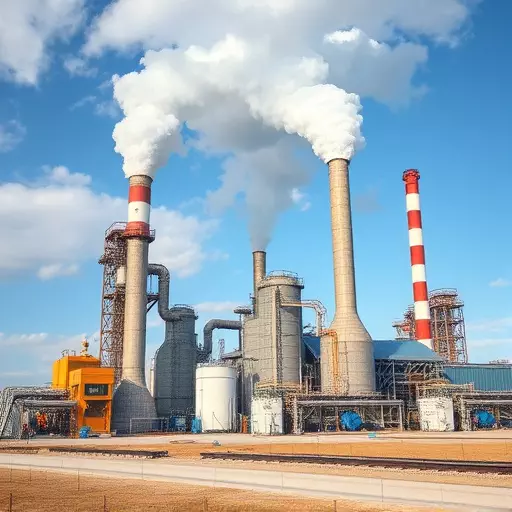
Industrial ventilation systems play a pivotal role in ensuring air quality solutions for industrial sites. Among various components, dust collection solutions stand out as essential elements in maintaining clean and safe environments. Efficient dust collection methods not only capture and contain harmful particulate matter but also prevent its release into the atmosphere, thereby reducing emissions significantly. These advanced technologies are designed to handle different types of dust, ranging from metal and wood chips to fine organic particles, ensuring compliance with stringent environmental regulations.
Effective dust collection solutions involve the integration of specialized equipment such as high-efficiency filters, cyclones, and baghouses. These systems capture dust at its source, preventing it from dispersing into the work area or escaping into the outdoor environment. By implementing robust emission control technologies, industrial facilities can minimize their ecological footprint while providing a healthier workplace for employees. Such proactive measures not only contribute to better air quality but also enhance overall operational efficiency and productivity on industrial sites.
Emission Control Technologies: Reducing Pollution and Regulatory Compliance

Industrial ventilation systems play a pivotal role in maintaining air quality solutions for industrial sites. One of their primary functions is to manage and control emissions, ensuring regulatory compliance. Emission control technologies have advanced significantly, offering effective dust collection solutions for various industries. These technologies are designed to capture and contain pollutants at the source, preventing them from entering the atmosphere.
By implementing efficient emission control technologies, industrial facilities can reduce the release of harmful particles, gases, and odors. This not only contributes to improving local air quality but also helps in meeting stringent environmental regulations. Modern dust collection systems, for instance, employ advanced filters and purification techniques to capture even the finest particulate matter, ensuring a cleaner and safer working environment for employees and surrounding communities alike.
